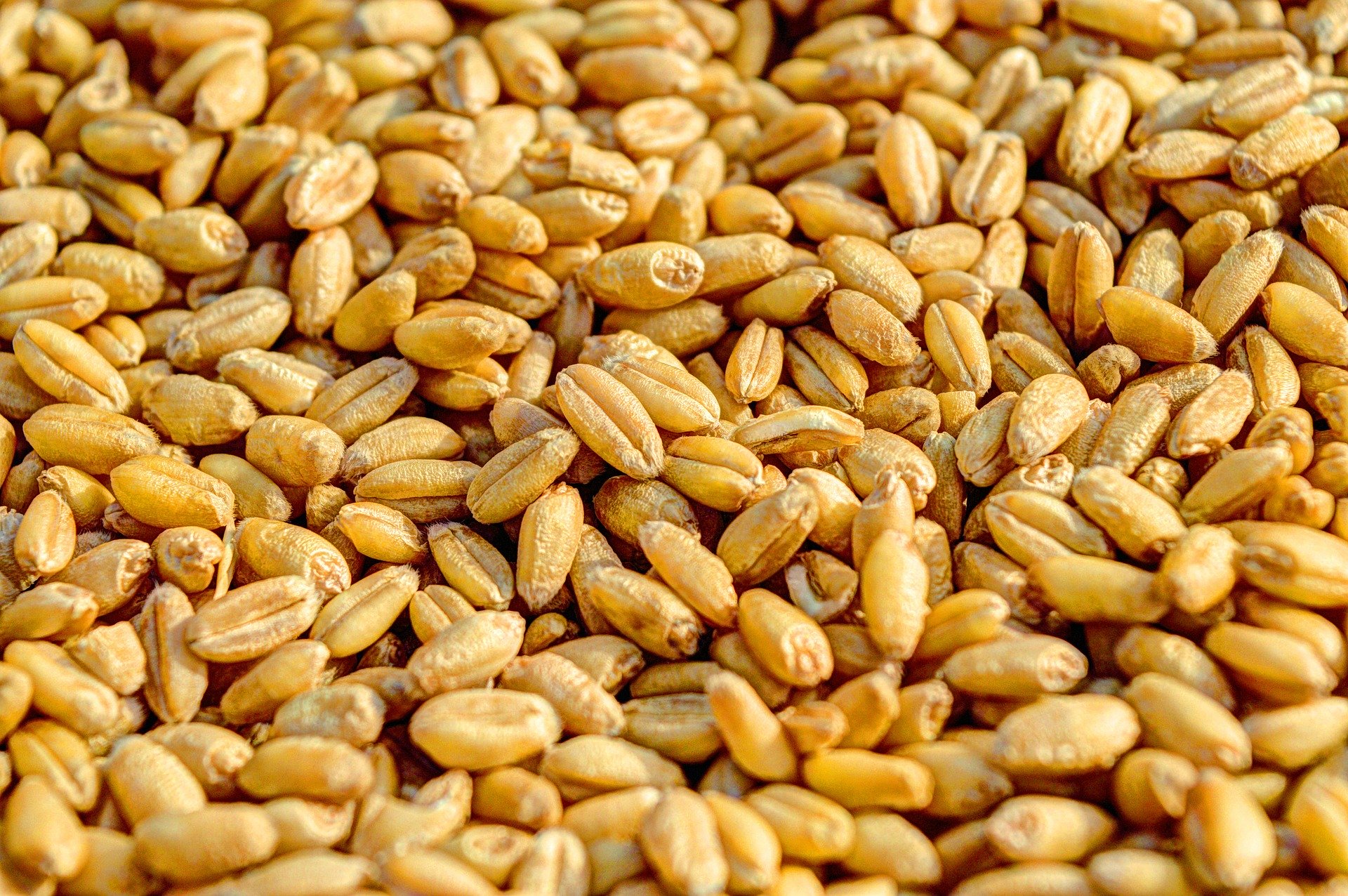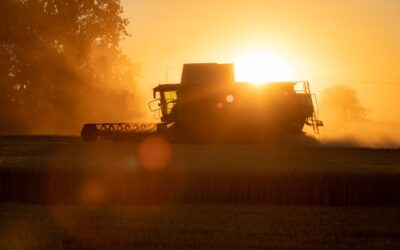As planting season approaches, growers and the seed industry in Canada are gearing up for another growing season. Naturally, they are also concerned about disease. First, the good news.
Although overall the year has been average compared to the last 10 years in terms of Fusarium graminearumand other widespread pathogens, there have been some modest spikes in positive samples for Ascochyta in chickpea, which can be devastating for crops.
Although the number of positive samples isn’t high overall, the percentage of positives is higher this year than usual. The presence of Ascochyta in chickpea is a cause for concern, as even subtle upswings in disease levels can eventually turn into a problem if not taken seriously.
While there have been some increases in the number of wheat and barley samples testing positive for Fusarium graminearum in Alberta, the overall percentage of infection is slightly higher than the average of the last 10 years. However, the higher number of positives could be related to crop rotation practices. Geographically, the eastern border of Alberta shows the highest percentage of positive samples.
Comparing F. graminearum numbers in Saskatchewan and Manitoba, the percentage of positive samples is higher than in Alberta. While Manitoba and Saskatchewan have seen an increase in positive samples, it’s still lower than in previous years.
That’s the good news.
The catch is that as technology progresses, we’re getting better at identifying threats before they become a serious issue, but this brings with it a responsibility for us all to avoid becoming complacent even if disease numbers don’t seem that bad.
The introduction of our groundbreaking molecular test for bacterial leaf streak (BLS) has given people confidence in identifying the specific pathogen. BLS has been reported in Canada, particularly in Manitoba and Saskatchewan. The potential for the disease to cause significant yield losses in infected crops means it is important for Canadian growers to remain vigilant and take appropriate measures to prevent and manage it.
The molecular test for BLS is a significant improvement over the plating method, which can lead to false positives due to the presence of other bacteria on the plate. With BLS, it’s crucial to accurately identify the specific pathogen of concern, as our president Sarah Foster will talk about in our next column.
While this year has been fairly average in terms of Fusarium graminearum and other widespread pathogens, growers must remain vigilant and ensure they’re sticking to their testing regimens even in the face of what might seem like an ideal spring in terms of disease levels.
Related Articles
Bacterial Leaf Streak: What Growers Need to Know
Why Canada’s Going to Need More FHB-Resistant Cereal Varieties






